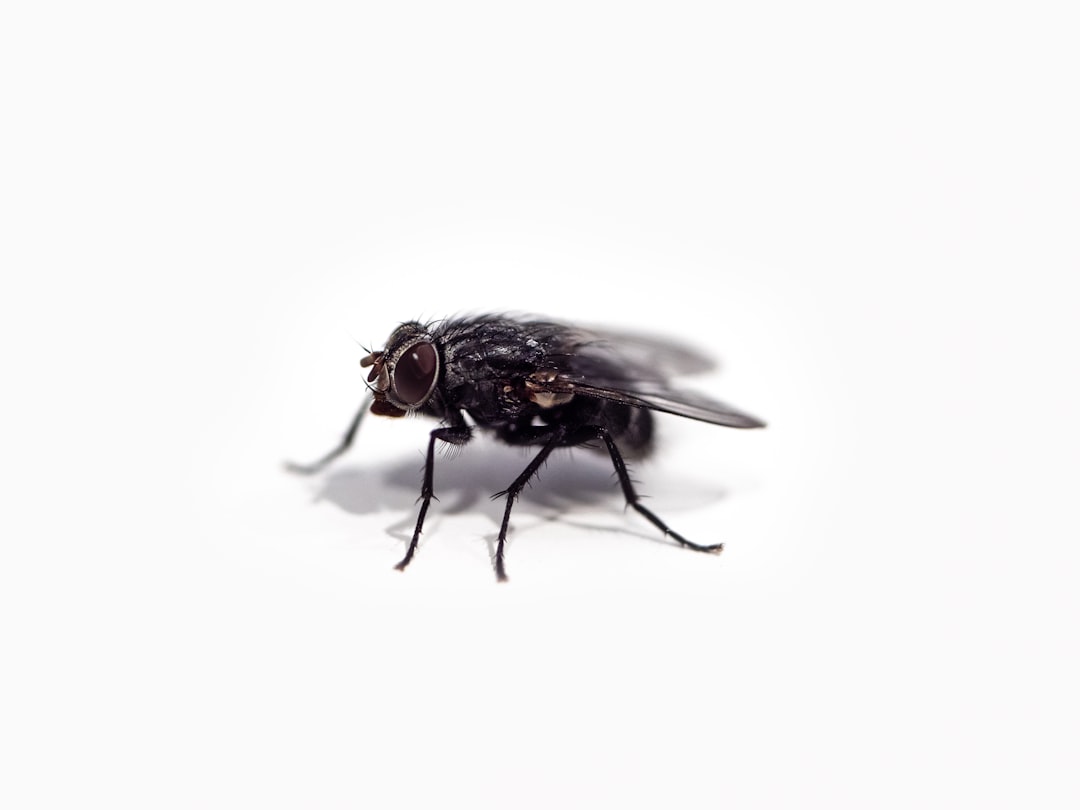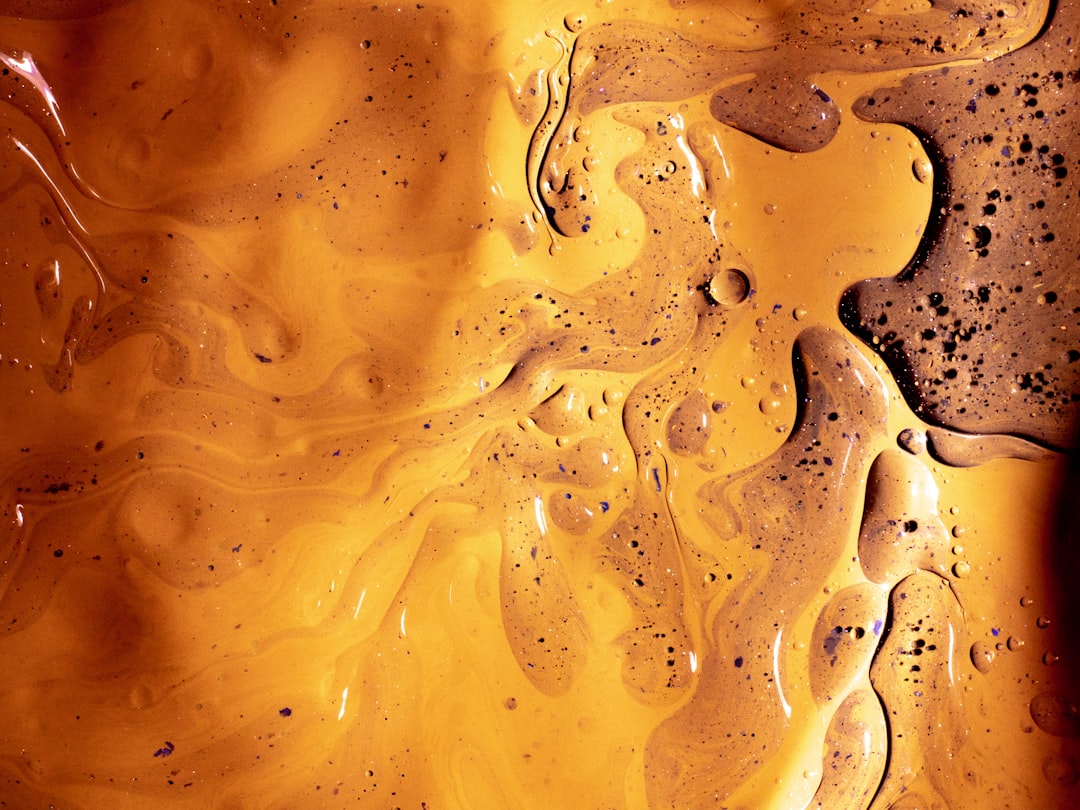What is it about?
Heme is an important protein cofactor in numerous biological processes such as oxygen metabolism. However, free heme is strongly cytotoxic, generating reactive oxygen species. Pathogenic bacteria have to overcome heme toxicity when they acquire host heme as an iron nutrient and proliferate in the blood. Many gram-positive bacteria possess heme-dedicated ABC transporter, HrtBA for heme detoxification. This work shows the biochemical properties and crystal structures of the transporter in the unliganded, heme-bound, and ATP analog-bound states, respectively.
Featured Image

Photo by National Cancer Institute on Unsplash
Why is it important?
Heme is lipophilic, and protein-unbound (free) heme preferentially intercalates between the acyl chains of lipid membranes. Our functional and structural analyses visualize how HrtBA extracts heme from the cell membrane and releases it using ATP fuel.
Perspectives
Gram-positive bacteria become sensitive to external heme or blood when they are deficient in the hrtBA genes, suggesting that HrtBA is responsible for heme detoxification. In vivo and in vitro screening for inhibitory compounds based on our biochemical and structural data will contribute to development of drugs for sepsis and meningitis caused by gram-positive pathogens.
Dr Hiro Nakamura
Rikagaku Kenkyujo
Read the Original
This page is a summary of: Structural basis for heme detoxification by an ATP-binding cassette–type efflux pump in gram-positive pathogenic bacteria, Proceedings of the National Academy of Sciences, June 2022, Proceedings of the National Academy of Sciences,
DOI: 10.1073/pnas.2123385119.
You can read the full text:
Contributors
The following have contributed to this page










